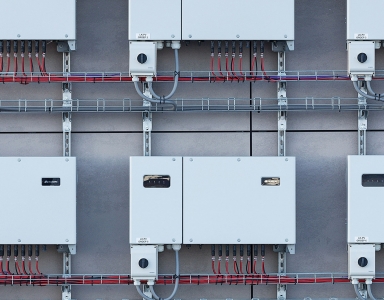Velor
Circular sportswear as the norm – Velor B.V. gives discarded cycling jerseys a second life
Velor B.V. is an innovative sportswear scale-up, developing fully circular solutions for cycling garments. Aiming to drastically reduce CO2 emissions and textile waste, Velor has created a promising recycling process that transforms used cycling jerseys into new, high-quality garments. Velor has successfully secured DEI+ funding to scale the project from a pilot to semi-industrial level. Ultimately, the company aims to become the market leader in circular cycling wear, with the capacity to produce 100,000 jerseys annually. Hezelburcht supported Velor in applying for the DEI+ grant.
From pilot to semi-industrial scale with the help of the DEI+ grant
In 2024, Velor demonstrated on a small scale (20 kg) that it is possible to chemically recycle discarded cycling jerseys — consisting of at least 90% polyester — into new jerseys without any loss of quality. With support from the DEI+ grant, Velor is now taking the next step: validating this technology at a larger scale of 500 kg and later 1,000 kg (equivalent to approximately 10,000 jerseys). The project focuses on the entire value chain, from collection to finished product, with an estimated CO2 reduction of 58% compared to conventional sportswear.
Velor B.V.’s collaboration with international partners
Velor is working with a strong consortium of international partners. GR3N (Italy) is responsible for the chemical depolymerisation of the discarded jerseys, Antex (Spain) produces the new yarn, SPW Argentona (Spain) knits the fabric, and ForGo Sports (Netherlands) manufactures the final garments. Velor manages collection, quality assurance, supply chain coordination, and large-scale field testing of the new jerseys. Collection efforts are supported by consumers, cycling shops, teams, and textile sorters such as Rd4.
Towards a fully circular market
By 2030, Velor aims to be the market leader in circular cycling garments in the Netherlands and expects to produce 100,000 jerseys annually from recycled materials. This would result in annual savings of 173 tonnes of CO2, nearly 3,000 m³ of water, and over 50 m³ of fossil resources. At the same time, the project lays the groundwork for scaling up GR3N’s large-scale recycling capacity to 40,000 tonnes per year. Thanks to the successful grant application and partnership with Hezelburcht, a circular textile chain is now within reach.
Hezelburcht as grant partner
To scale up this circular innovation, Velor successfully applied for funding under the Demonstration Energy and Climate Innovation scheme (DEI+). Hezelburcht and its team of specialists supported Velor in drafting the application and translating the company’s technical and sustainability ambitions into a strong funding proposal. With this support, Velor is well-positioned to take the next step towards a future-proof, circular sportswear market.

